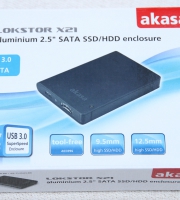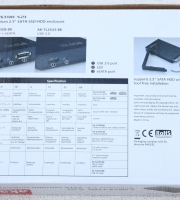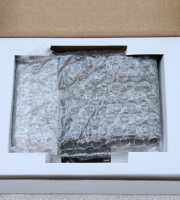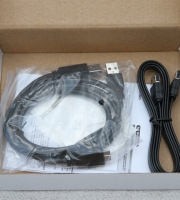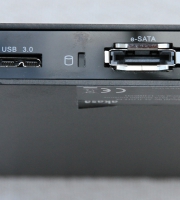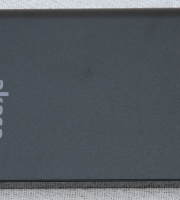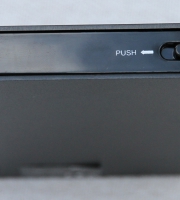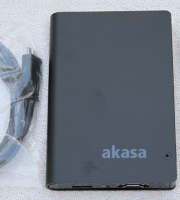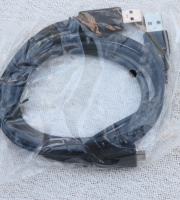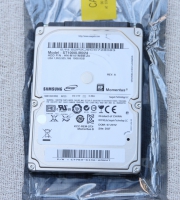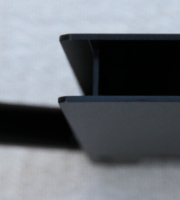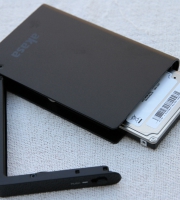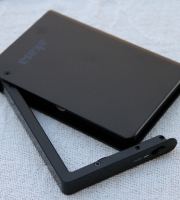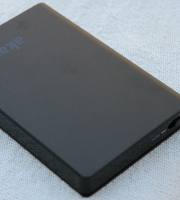Akasa Lokstor x21
Little explanation is required for this versatile and practical receptacle. To paraphrase an venerable proverb, the course of true transfers never did run swift that is, swift enough for the trigger happy snapper and his ever expending library of selfies, sunsets, squirrels and sponge cakes. Or the viral vlogger with her vapid views on diets, celebrities, celebrity diets and celebrities on celebrity diets. Or the melody crazed collector with several decades of rock, roll, jazz, funk, hip, hop and pop poised to pierce the air at the drop of his pinkie. He’d of course use his index finger to click with but that would have compromised the cadence of the latter sentence. Regardless, you get the picture. Whether it’s the drive, the bandwidth, the interface, the data itself or a combination of these and other key variables, the struggle for speed in the evolution of NAND, controllers, cache and platters is as eternal as the binary tapestry of humanity they collectively weave.
Akasa, a company renowned for countless enclosures diverse in both appearance and intent, conceived their Lokstor x21 to practically resolve an especially irksome quandary faced by compulsive file hoarders. Equipped not only with an Esata but also a Usb 3.0 port – the thin fiddly kind that one always plugged in the wrong way first – this elegant and compact chassis was built to any harbour any conventional 2.5″ SATA hard drive of a rotational or stationary pedigree. Users were then free to connect their priceless digital life laundry based on preferences or avaible socketary.
Though the debate over which protocol offered the superior performance was typically contentious, it was widely accepted that USB 3 was faster at reading data, whilst eSATA gained the initiative when writing it and that while both excelled at conveying large contigous blocks of media such as with HD audio and video content, or proprietary backup archives , eSATA nosed ahead when negotiating small random transfers including highly compressed image files, documents and web pages.
Furthermore, whilst SATA and eSATA were technically idential – the “e” merely denoting external – the USB3 port would incurr a minor speed penalty due to latency imposed by the bridge chip necessary to adapt the resident drive’s SATA interface to the USB CONNECTION BETWEEN THE ENCLSURE AND THE HOST PC.
Now, if you please, just peruse these pictures.





